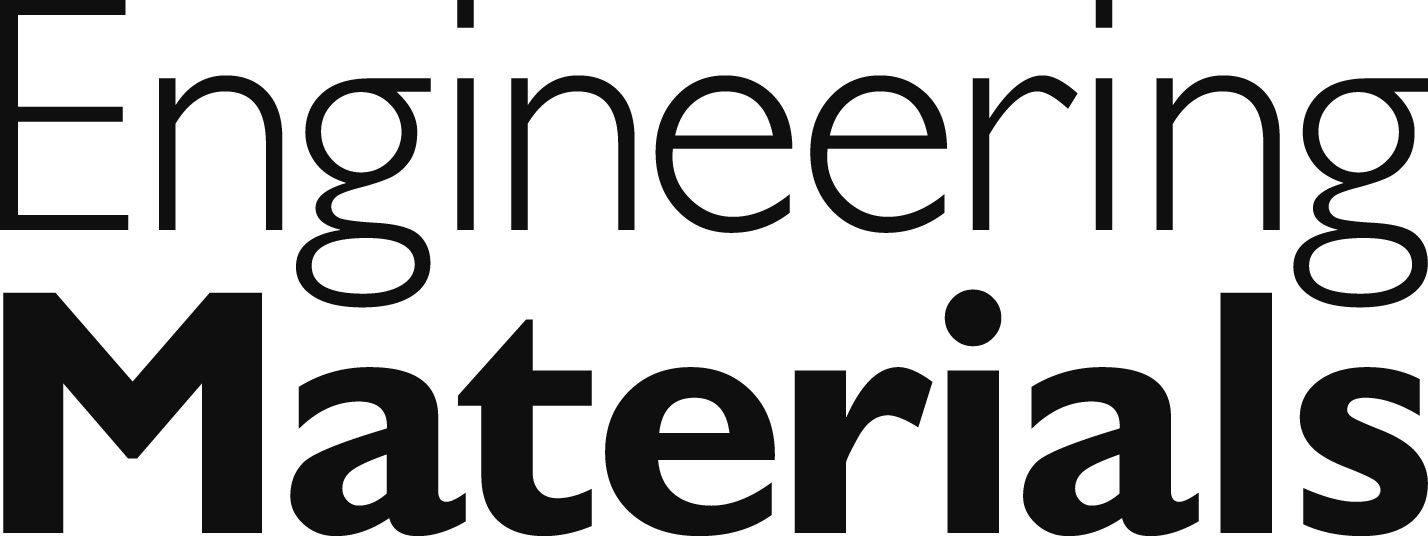Chapter:
classification of insulating materials on the basis of physical and chemical structure

Insulating
materials, on the basis of their physical and chemical structure may be
classified in various categories as follows:
1. Fibrous
materials: They are derived from animal origin or from cellulose,
which is the major solid constituent of vegetable plants. The
majority of materials are from cellulose. This includes paper, wood, card-
board, cotton, jute and silk.
2. Impregnated
fibrous material: The fibrous materials are impregnated with suitable impregnated
oil, varnish, and epoxy - resin to improve its thermal, chemical and
hygroscopic properties.
3. Non-resinous
materials: Solid or semisolid insulations which are directly available
in nature and are organic based come under this class. These
materials are mineral waxes, asphalts, bitumen and chlorinated naphthalene.
4. Insulating
liquids: Apart from working as insulation, they fulfil other important requirements
like they offer good heat dissipation media, they used for extinguishing arcs
in certain applications like circuit breakers. They include vegetable oils,
fluorinated liquids, mineral insulating oils and synthetic liquids.
5. Ceramics: They
are materials made by high temperature firing treatment of natural clay and
certain inorganic matters. They are used as dielectric in capacitors, as
insulators etc.
6. Mica
and mica products: It is an inorganic mineral and one of the best
natural insulating materials available. Mica is used as a
dielectric in capacitors, as insulator. Some of the mica products are glass-
bonded mica, synthetic mica, mica paper, manufactured mica.
7. Asbestos
and asbestos products: These are strong and flexible fibres. It finds
extensive use in electrical equipment as insulation because of its
ability to withstand very high temperatures. Some of the asbestos products are:
asbestos roving, asbestos paper, asbestos tapes and asbestos cement.
8. Glass: Glass
is an inorganic material made by the fusion of different metallic oxides. It is normally
transparent, brittle and hard. Glass finds its use in electrical industry
because of its low dielectric loss, slow ageing and good mechanical strength.
Glass is used in electrical-bushings, fuse bodies, insulators, radio and
television tubes.
9. Natural
and synthetic rubber: Natural rubber is obtained from the milky sap of
rubber trees. It finds limited applications because it is rigid
when solid, sticky when warm and gets oxidised, when exposed to atmosphere.
Synthetic rubber are of various types such as butadiene rubber, butyl rubber,
chloroprene and silicon rubber which are obtained by the polymerisation.
Synthetic rubber, are used as insulating material for wires and cables. It is
also used as jacketing material for cables.
10. Insulating
resins and their products: Plastic or resins are of two types - one
derived from plant and animals the other synthetic obtained from
chemical reactions. Natural resins are used as binder material. It is used as
thickening agent for manufacture of mineral insulating oils. Synthetic resins
are used as insulation, manufacture of switches and instrument mountings,
electrical bushings, radio and television cabinets etc.
Laminates, adhesives, enamels and
varnishes: Laminates are multiple, thin layers or sheets of
insulating materials like that of mica, paper, cloth, glass etc, bonded
together. Adhesives, is a class of material compositions required to carry out
bonding between two or more solid surfaces. Adhesives are used in the
manufacture of laminated boards, coil winding cylinders, rods, tubes and
special shaped insulators. Enamel is a fusible insulated coating of some 1. organic base material, which is generally applied on conducting
surface. Enamel finds extensive use in coating wires used for the windings of
low rated motors, transformers, various types of instruments, etc. Varnish is a
liquid, which when applied to a surface dries resulting in hard shining
coating which is resistant to air and water. Lacquer is used for protecting
wood and metal surface from external weather conditions.
Related Topics